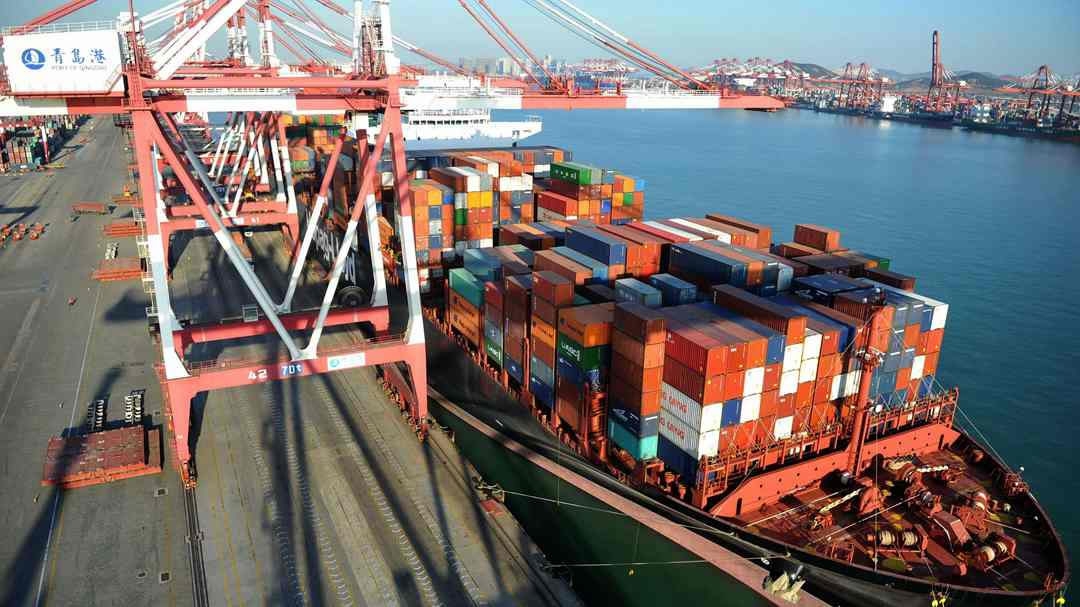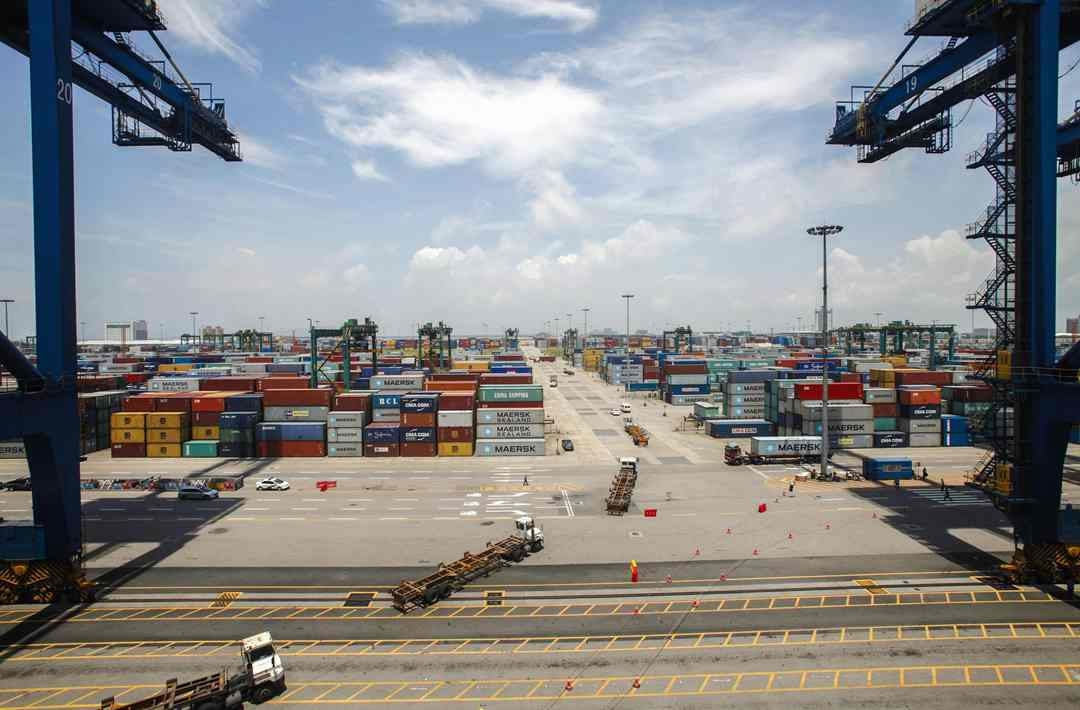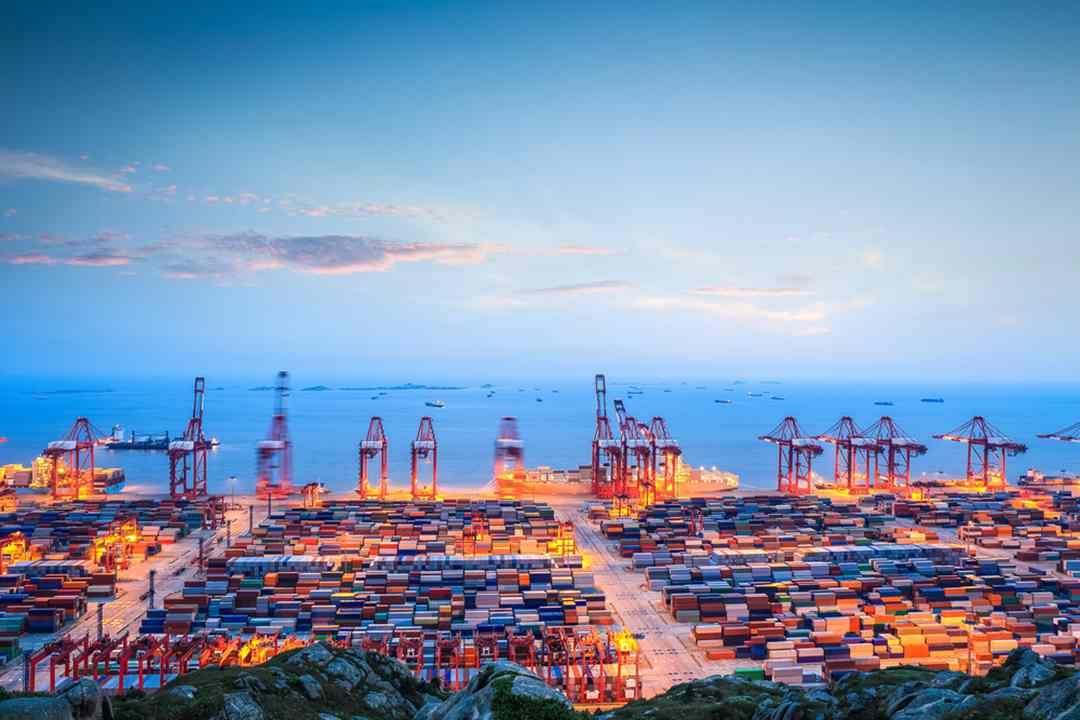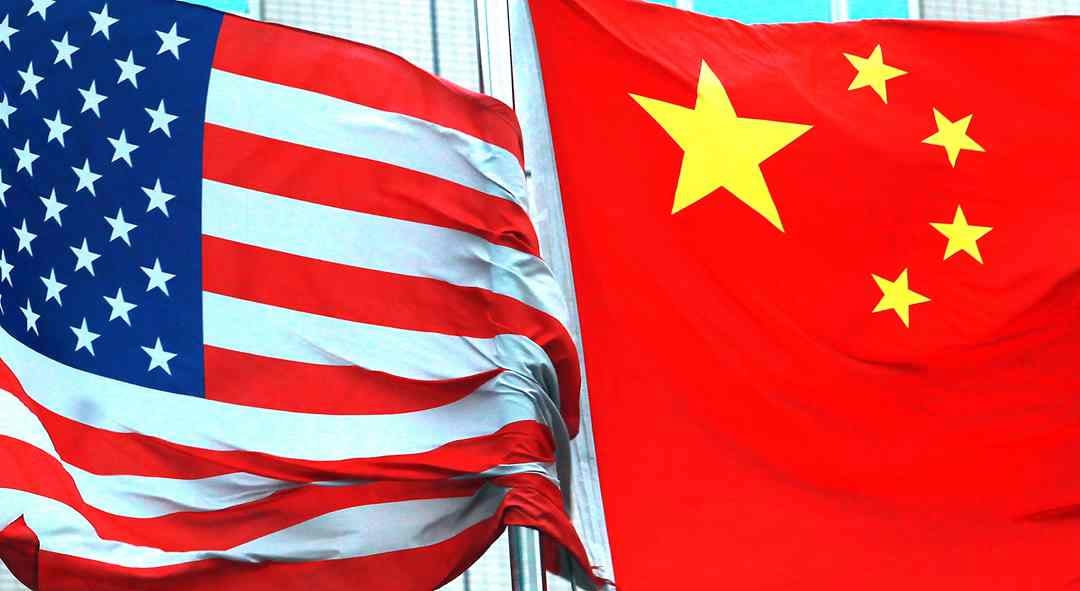
Business
23:18, 12-Jan-2018
Is China's record trade growth 'fair' to the rest of the world?
By Li Yong

Thanks to the recent global economic recovery, though moderate, China’s trade numbers hit a new record of 27.79 trillion yuan (about 4.28 trillion US dollars) in 2017, reversing the previous two years of decline.
Trade with China’s top three trading partners – the EU, US and ASEAN – is in line with the overall trend of growth, 15.5 percent,15.2 percent 16.6 percent respectively, and the aggregate of the three accounts for 41.8 percent of China’s total trade. The increases of trade volume with countries along the Belt and Road routes are also attributed to overall pick-up.
China’s policies have played a role in the 2017 trade performance, which not only benefited China’s exports but encouraged imports, helping the economies of other countries.

VCG photo
VCG photo
However, the attention on China’s trade development is not always based on objective assessment, but seen through the lens of prejudiced judgments.
Some trade analysts and observers outside China are openly suspicious of the statistical reliability of China’s trade numbers, and continue to cast their eyes on trade balance issues, notably, trade deficits between some of China’s largest trading partners.
The trade deficit has been conceived as imposed on unfair trade practices and worse still, the result of free trade. The world in 2017 was immersed with worries about the rise of economic nationalism and trade protectionism, which have distortion effects on the normal flow of trade and the value chain embedded therein. “Free trade”, which has been the core value of the multilateral trading system for decades, became a word of contention that some countries wanted to avoid in the statements of G20 and APEC meetings.
To justify the arguments for protectionist measures and to threaten to impose unilateral actions, “free trade” is masked with other adjectives, such as “fair” and “reciprocal” to in an attempt redefine international trade order. Countries were even encouraged to put their countries first. There are also demagogues associating trade deficits with national security.

Reuters Photo
Reuters Photo
The discontent about free trade and grudges over trade imbalance seemed to be based solely on the status of a country’s trade being in the red, which is seen as the pure and only result of “unfair” and “non-reciprocal” trade, but economic fundamentals have largely been ignored in assessing economic success and failure of a country.
A lot of other factors come into play to determine today’s pattern of international trade, such as economic globalization, integration of global supply chains, and re-division of labor, all of which make comparative advantages a holistic business decision across the globe rather than “my country first” choices. The question is, if trade is not free, how can it be “fair” and “reciprocal”?
This simplistic reductionist mindset will only lead to irrational trade frictions that will benefit no one, particularly when the cause of trade imbalances comes from within – usually due to a country’s failure to make structural adjustments and reforms.
This is, however, not to say that balanced trade is unimportant. It is important in ways that countries work together to find win-win solutions to achieve a more balanced picture. China, in its recent central economic conference, has put forward, for the first time, a notion of “balanced trade”, which shows China’s goodwill to contribute to global well-being, and that can be seen by the creation of the China Import Expo.

VCG Photo
VCG Photo
To make special reference in the discussion of trade balance here, China’s trade with the U.S. has grown by 15.2 percent to 3.95 trillion yuan, making the US the largest single-country trading partner. Although China’s imports from the U.S. increased faster than its exports (17.% vs. 14.8%), the trade deficit the US has with China increased by 13%. This has been achieved amid grudges over China’s “unfair” trade practices, while a series of unilateral actions have been taken to curb China’s exports, and may add fuels for tougher US trade positions against China in the new year. One thing that should not be forgotten and ignored is that America’s imports from China are the consequences of rational market decisions (most of the American importers are small to medium-sized companies and live on profitable imports), consumer confidence and business optimism. China’s competitive products have also been translated into the competitiveness of US exports, which is up by 5%.
All in all, trade deficit is not an appropriate way to evaluate a trading relationship and has no correlation whatsoever with losing an economic race to another country.
(Li Yong is a senior fellow of China Association of International Trade. The article reflects the author's opinion, and not necessarily the view of CGTN.)

SITEMAP
Copyright © 2018 CGTN. Beijing ICP prepared NO.16065310-3
Copyright © 2018 CGTN. Beijing ICP prepared NO.16065310-3